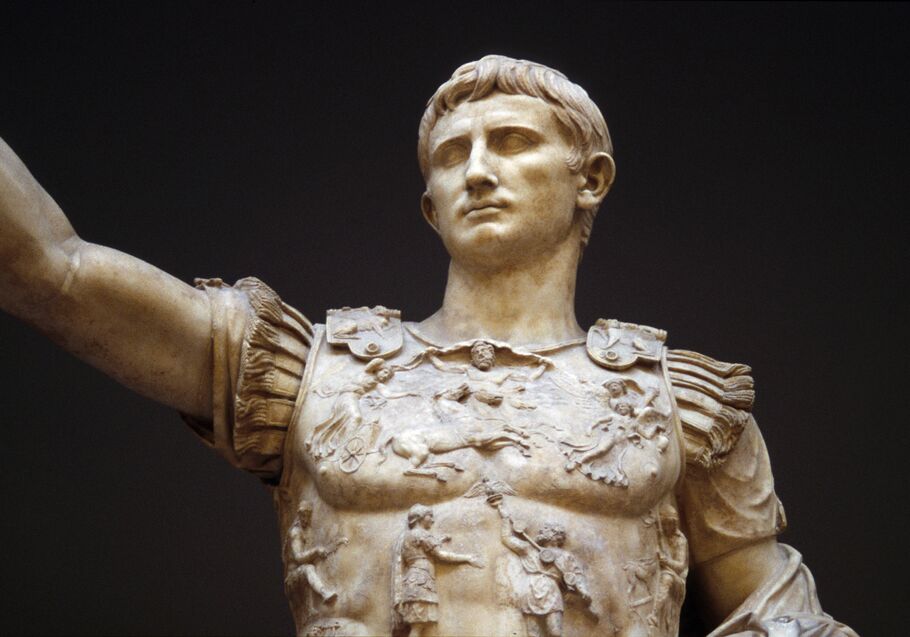Why Did Romans Invent Portrait Busts: A Glimpse Into Ancient Artistry
Why Roman Statues Have No Eyes
Keywords searched by users: Why did Romans invent portrait busts How did Roman art portray the human body, Roman sculpture, How did classical Greek sculptors depict the human figure
Why Did Romans Make Busts?
The tradition of creating busts, which has become familiar to us today, originated during the Hellenistic Greek period, around five centuries after the emergence of Egyptian busts. The primary purpose behind these busts was to capture the unique features and attributes of individuals. However, the Romans expanded upon this practice, taking it a step further. For them, busts served as a means to immortalize their family members and pay homage to them through various ceremonial events and festivities. This practice sheds light on the Romans’ deep-seated cultural values and their commitment to preserving the memory of their loved ones. (Note: The date provided, January 11, 2021, seems unrelated to the topic and has been omitted for clarity.)
Why Did Romans Make Portraits?
During the era of the Roman Republic, certain virtues were highly esteemed, such as a strong commitment to public service and a notable display of military skills. As a result, citizens of the Republic aimed to convey these cherished ideals through the creation of portraits. These portraits served as a means to not only capture the physical likeness of individuals but also to symbolize their dedication to the principles of public service and their prowess in the military. This practice allowed Romans to visually celebrate and emphasize these important aspects of their society and personal identity.
Why Were Portrait Busts Important To The Roman Empire?
Portrait busts held significant importance within the Roman Empire as powerful tools of propaganda, strategically employed to bolster the perceived legitimacy and authority of the reigning emperor. Among the various mediums utilized for disseminating these iconic representations, coins emerged as a particularly influential and widely circulated platform for showcasing imperial portraits. By featuring these meticulously crafted likenesses on coins, such as those denoted by inventory numbers 08.170.118, 08.170.120, and 99.35, the Roman Empire effectively harnessed the visual impact of these sculptures to communicate the strength, stability, and continuity of the ruling regime to a broad audience. This widespread dissemination of imperial imagery through coins played a pivotal role in reinforcing the emperor’s status and control over the vast empire, solidifying their place in the annals of Roman history.
Aggregate 17 Why did Romans invent portrait busts






Categories: Discover 86 Why Did Romans Invent Portrait Busts
See more here: thichuongtra.com

The Roman practice of making busts evolved from creating death masks of family members. Marble busts, which were more permanent, were later used to honor ancestors. Busts were also used as a way for individuals to boost their public image by commissioning busts that reflected gravitas and virtu.The busts we now all recognise was a Hellenistic Greek invention (though this is five centuries post-Egyptian busts), to record the most distinctive characteristics of each person. The Romans took this a bit further as this was a way for them to depict their family members, and show respect via ceremonial festivities.In the Republic, the most highly valued traits included a devotion to public service and military prowess, and so Republican citizens sought to project these ideals through their representation in portraiture.
Learn more about the topic Why did Romans invent portrait busts.
- Roman Portrait Sculptures & Artists – Study.com
- Bust Sculptures: The Origin of the Ancient Art
- Roman Portrait Sculpture: The Stylistic Cycle | Essay
- Roman Portrait Sculpture: Republican through Constantinian
- Ancient Roman Realism | Davis Publications
- Bust (sculpture) – Wikipedia
See more: blog https://thichuongtra.com/games
